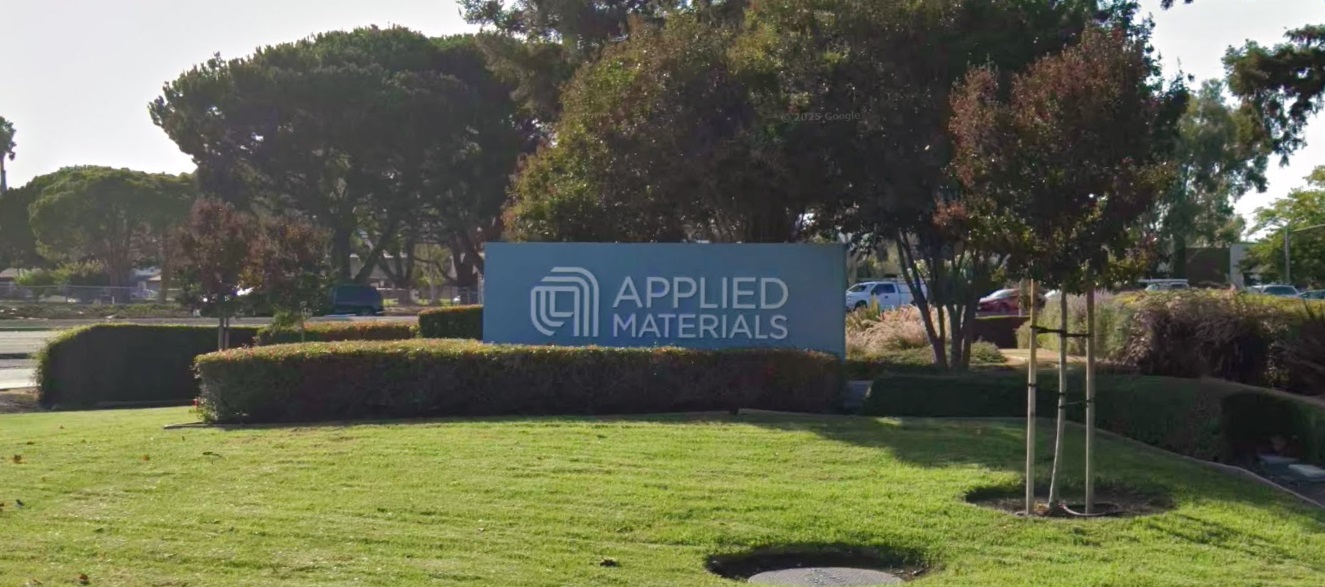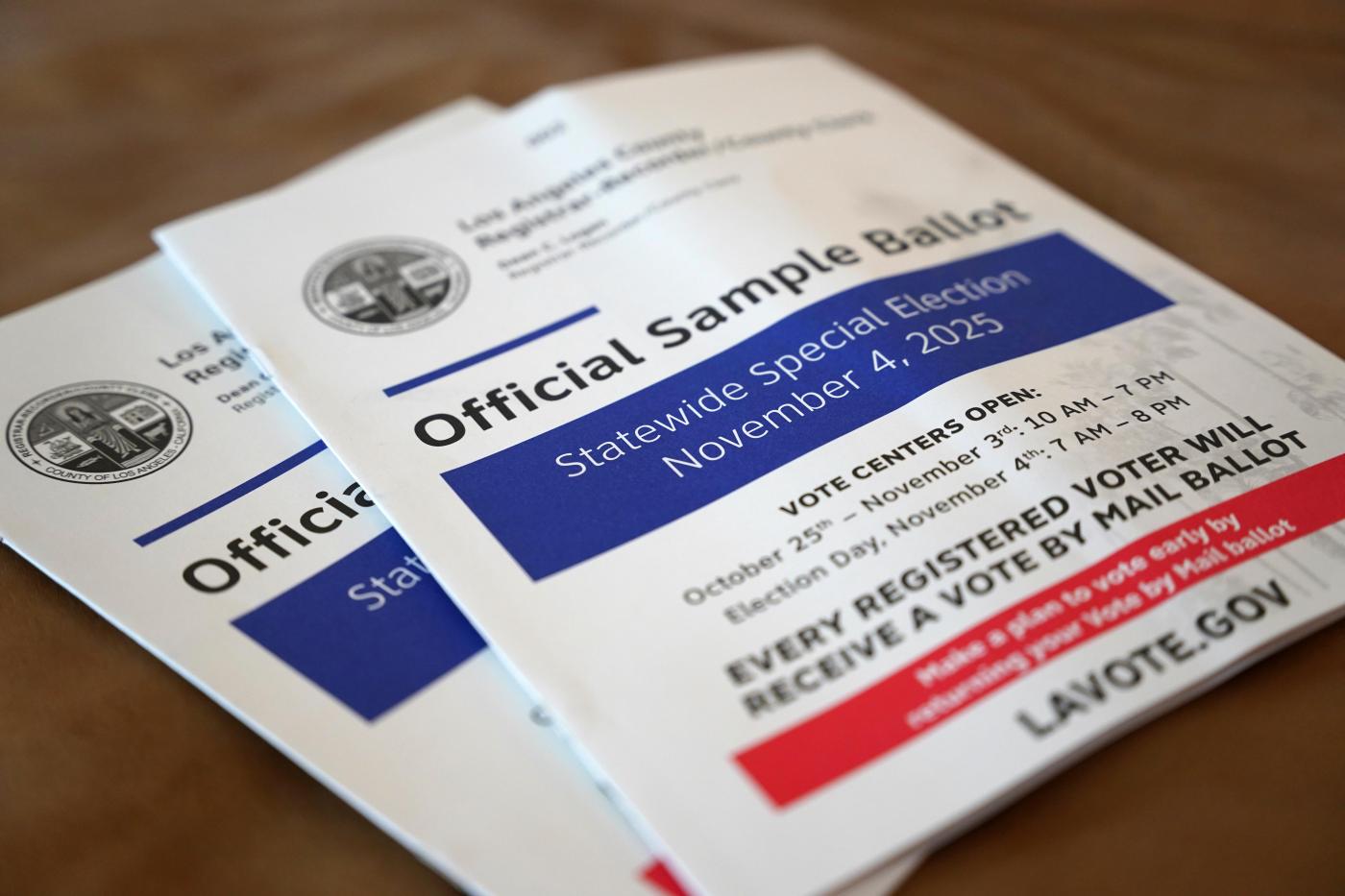The Hotline mailbag publishes weekly. Send questions to [email protected] and include ‘mailbag’ in the subject line. Or hit me on the social media platform X: @WilnerHotline
Some questions have been edited for clarity and brevity.
With conferences tying revenue distributions to ‘performance and contribution,’ could teams like Vanderbilt, Indiana, Northwestern, Iowa State, Houston, Boston College, Syracuse, Stanford and Cal choose to leave for more stable footing in the Group of Five? Seems like a passive way to kick schools out of the power leagues. — @CurtisBlack
This cuts to a foundational obstacle facing the Great Restructuring, which is our term for the transformation of college football in the early 2030s into either 1) a super league consisting of 32-to-48 teams or 2) a true duopoly, with the Big Ten and SEC each having 22-to-24 members.
And that foundational obstacle is, simply put, the mechanism for change. How will it happen?
The situation might be easier to envision if we use the Big Ten as an example.
At some point in late 2028 or early 2029, the conference will begin negotiations for a new media rights contract. It’s difficult, if not impossible to imagine Ohio State and Michigan agreeing to any deal in which the revenue is distributed equally across the 18 schools. The heavyweights will want larger shares than, for instance, Purdue and Minnesota.
They likely will seek to implement a performance-based model. If the lower-tier schools balk, then the Buckeyes and Wolverines (and a few others) would explore alternatives: Boot the bottom feeders out of the conference or depart on their own to form a new entity.
We have always believed the former is much more difficult to achieve legally and politically. Ohio State and Michigan would have an easier path forward if they simply left the Big Ten and worked with a select number of schools in the SEC and elsewhere to create a super league.
But regardless of the ultimate shape, the bottom feeders in the Big Ten would be facing a massive financial and competitive disadvantage. Presumably, the same bifurcation would occur in the SEC and perhaps the Big 12.
(The process has already started in the ACC, which is expected to implement a ‘brand fund’ that distributes a portion of the annual revenue based on TV ratings.)
Once that reality take hold across the Power Four — and the implementation date could be different in each conference because of the staggered expiration of the current media rights deals — the so-called ‘have-not’ schools will be faced with an existential question:
Continue to invest in college football at the maximum amount campus economics will allow; or ramp down spending on football to levels akin to what we see across the Group of Five.
Based on the current dynamics, the nine schools mentioned in the question cannot be considered frontrunners to join the super league or have full-share status within the next-generation Big Ten and SEC.
They would be on the second tier, which could very well consist of 90 or more FBS schools while the top 32 or so compete at the highest level, with maximum TV dollars, in what amounts to a mini-NFL.
Is the money there for all of this? Staff sizes are expanding, and NIL deals are booming. But aside from the SEC and Big Ten, the TV deals can’t sustain all this. Seems like a house of cards that is going to fall once the money isn’t there. — @KwadeSays
We could produce a 10-part series on the fragile economics underpinning college sports but will attempt to provide an overview here.
The current trajectory isn’t sustainable in any conference, including the SEC and Big Ten. Schools and their collectives are rushing to spend money on players before the House vs. NCAA antitrust settlement is approved and the $20.5 million cap is imposed. Crucially, the settlement includes plans for a clearinghouse to assess fair-market-value NIL deals.
Yes, NIL agreements will exist in the next era, and the cost of doing business (i.e., roster composition) will continue to increase, just at a lower rate than we see now.
(Then again, there’s no guarantee the clearinghouse, operated by Deloitte, will survive legal challenges. Why should anything or anyone determine fair market value?)
And yes, the Big Two conferences are better equipped for the era because of media deals that support bigger budgets and a College Football Playoff revenue model constructed in their favor.
We expect the gap between Tier 1 (Big Ten and SEC) and Tier 2 (ACC and Big 12) to morph into a gulf by the end of the decade, at which point college football could undergo the restructuring note above that recalibrates the economics.
There are two inherent flaws in the current financial model:
1. It’s more a house of subsidies than a house of cards. The top 12-15 football brands subsidize the rest of the Power Four, the Power Four subsidizes the FBS, the FBS subsidizes Division I and Division I subsidizes the entire NCAA. That isn’t sustainable.
2. College sports is a big business and treated as such by the courts. But no other business on the planet is forced to maintain 12 or more money-losing subsidiaries (i.e., the Olympic sports). Until football is untethered and the support model changes, the doom loop will continue.
Why did the draft stocks for certain ex-Pac-12 football players, like former Oregon State tailback Damien Martinez and former Washington State receiver Josh Kelly (and others), take a nose dive after transferring to different schools? And will that make some players think twice about taking more money and leaving? — @CelestialMosh
Skill development isn’t the primary consideration for most players. They typically take the cash first and ask questions later.
Also, we don’t know that their value took a “nose dive.” It’s entirely possible they were not rated as highly as many believed when they played in the Pac-12.
And to be clear: Plenty of players who transferred out of the Pac-12 have flourished, with quarterbacks Cam Ward (WSU to Miami) and Jaxson Dart (USC to Mississippi) as prime examples.
The same goes for defensive lineman Omarr Norman-Lott (Arizona State to Tennessee), receiver Dont’e Thornton (Oregon to Tennessee) and linebacker Francisco Mauigoa (WSU to Miami).
The issue is worth tracking over a number of years, once the sample size increases. But we suspect finances will remain the prime motivator.
What is one thing Pac-12 commissioner Teresa Gould learned in Year 1 of her tenure that she didn’t know before accepting the position? — @jimmy0726
We have not asked Gould that question directly — it’s a good one, for sure — but would presume there isn’t just one thing. Why? Because college sports is completely different now than it was before Gould took charge of the rebuilt conference in early 2024.
Prior to her tenure, there was no settlement agreement for the House lawsuit; the Pac-12 hadn’t taken the Mountain West to court of the poaching penalties; and the Big Ten and SEC hadn’t fully consolidated their authority over the future of the College Football Playoff.
And as the Pac-12’s deputy commissioner, Gould wasn’t on the frontlines nearly as often as she is now. So maybe that’s the answer she would offer: The complexity isn’t something she had fully grasped before her appointment.
I’m looking at the New York Times’ graphic on where federal funding for research goes, and Washington and Stanford, for example, have been in the $1 billion range. I realize sports revenue comes from different buckets, but if these research dollars drop, doesn’t it knock the leg off the college sports stool? — @Cargoman0363
Make no mistake: The potential cuts in federal funding, not the House lawsuit or CFP changes, are the No. 1 concern for many Pac-12 legacy schools. In fact, they are the No. 1, 2 and 3 concerns, all rolled into one.
Hundreds of millions, if not billions of dollars are at stake.
And yes, there could be downstream repercussions for athletic departments that lead to decreased support from central campus. That, in turn, would shrink budgets, which could result in sports being eliminated.
Add the $20.5 million (maximum) expense tied to revenue sharing, and the endgame could look like the trash compactor scene in Star Wars, complete with the monster lurking below.
The industry hasn’t reached DEFCON 1 just yet. But you can see that point on the horizon.
All the financial pressures are propelling college sports into a new era with increasing speed. The industry could look vastly different in eight or 10 years.
If the federal funds shrivel, that timeline could change to five or six years.
Why is the University of Kentucky changing its athletic department into an LLC? Will most FBS schools do the same? — @TerryTerry79
A perfect segue from the previous question, given that Kentucky’s move to turn its athletic department into an LLC is a direct reflection of the mounting financial pressures.
Essentially, the LLC provides the Wildcats with more flexibility to operate than the traditional college model. That flexibility could take the form of securing new revenue streams, seeking expertise from outside advisors or even downsizing certain facets.
Put another way: It allows Kentucky athletics to function as a business — at least, to a greater extent than it has to this point.
The only surprise is that it took this long for one of the Power Four schools to make the jump to an LLC existence.
Others will follow with the same framework as Kentucky but details tweaked to meet local needs.
Get out the crystal ball, tarot cards or ouija board. What’s a Pac-12 gonna look like a year from now? — @MrEd315
Our hunch would be the conference heads into its next era, on July 1, 2026, with nine members: The two Pac-12 legacy schools; the five transplants from the Mountain West; Gonzaga, of course; and Texas State.
The Bobcats make sense to us on several levels. They are more affordable than any of the top schools in the American Conference, and they have more value over the long haul than UNLV given the passion for football in Texas and the money available.
Related Articles
Stanford AD search: How GM Andrew Luck’s role impacts candidate pool
CFB recruiting: USC sizzles, ASU lands elite JC, Cal’s southern surprise
Pac-12: Oregon State, Washington State differ on financial commitment
Big 12 QB rankings: Sam Leavitt, Rocco Becht, Avery Johnson top 2025 list
Pac-12 signs media deal for 2025
That said, we are increasingly convinced the Pac-12 will take great care not to dilute its product. In other words, bigger isn’t necessarily better from a competitive or financial perspective. It must add one football school, and the next expansion wave might end right there.
As for the media rights deal, the Hotline views The CW as a likely partner, along with some combination of ESPN, Fox, CBS and Warner Bros Discovery (TNT and TBS).
Our guess on the valuation: $8 million per school per year, with the following caveat: If the next expansion phase results in new members joining at partial revenue shares, the annual value for the eight committed schools will increase.
Why is Brigham Young always the most hated team in every conference they are in? — @BrockRubinstein
From what the Hotline has witnessed on social media, Utah is the most detested school in the Big 12 these days, partly because the Utes were viewed as overly confident about their football prospects and partly because they were seen as an unwilling newcomer with higher aims (hello, Big Ten).
Generally, however, you’re correct: BYU is on the short list of least-popular opponents — whether it’s the WAC or the Mountain West or the WCC or the Big 12.
Unfortunately, some of the animosity is undoubtedly rooted in anti-Mormon Church sentiment. (How much of that is real and how much is made real for three hours by inebriated college students, we cannot say.)
Also, the school has immense wealth, older players and a standard for success that can, to some, be viewed as a sense of entitlement.
Bottom line: BYU has been a villain for decades and seems to delight in the role, which merely adds to the emotional cauldron in the stadium or arena whenever the Cougars pay a visit.
How about investigating what is going on with Cal football. Toxic coaching? No control by GM Ron Rivera? Players leaving? Too many coaches and no direction? — Joe Ruk
The Hotline addressed Rivera’s role last week, particularly in the manner his mission fits within the broader trajectory of Cal athletics.
His presence and authority should be taken as a sign that chancellor Rich Lyons is committed to winning and understands the consequences of stagnation.
It’s clear that the loss of running backs coach Aristotle Thompson (to Northwestern) played a role. But there isn’t a one-size-fits-all explanation for the attrition, which has seeped into the men’s basketball program, as well, with the departure of Andrej Stojakovic to Illinois.
But we would urge caution. The Bears have respectable NIL resources and are in the process of restocking the depth chart.
*** Send suggestions, comments and tips (confidentiality guaranteed) to [email protected] or call 408-920-5716
*** Follow me on the social media platform X: @WilnerHotline





